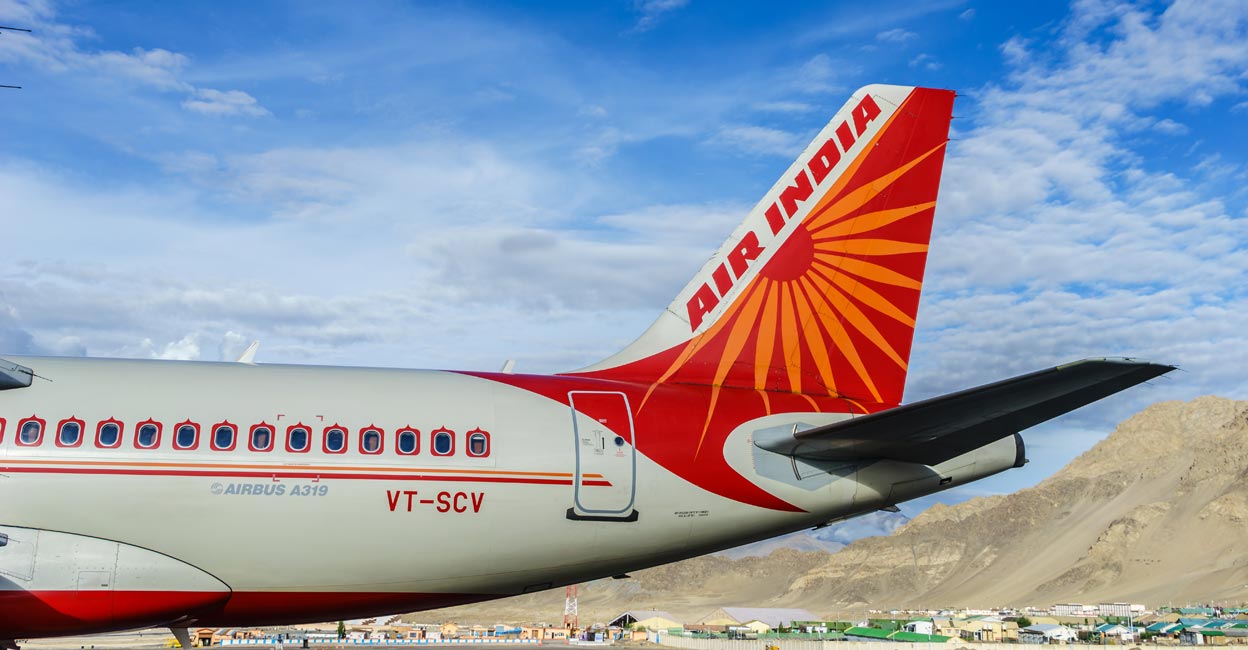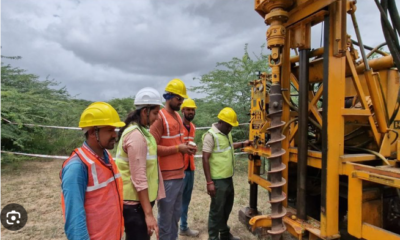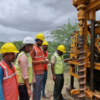

More in Business
-
Business
A Visionary Journey in Women’s Wellness, Powered by Advanced Herbal Solutions from Kanchi Thakkar
Toffease believes that true beauty grows when the skin is cared for with calmness and natural...
-


Business
Justine Wilson Reveals Emotional Struggles in Elon Musk Marriage
Justine Wilson Reveals Emotional Struggles in Elon Musk Marriage Justine Wilson, Elon Musk’s first wife, has...
-


Business
Toffease: Natural Herbal Skincare Empowering Women Globally
Toffease is revolutionizing the skincare industry with its commitment to natural, herbal-based beauty solutions designed specifically...
-


Business
Indian Stock market prediction for September 8-12. Ready, why is it an important week?
The Indian stock market has been stagnant and underperforming for the past month or so, largely...
-


Business
MECL begins rare earth exploration in Kutch’s Nokhaniya block
MECL forms rare earth digging in Kutch, Gujarat—its first NMET-backed vital mineral exploration in the state....




















